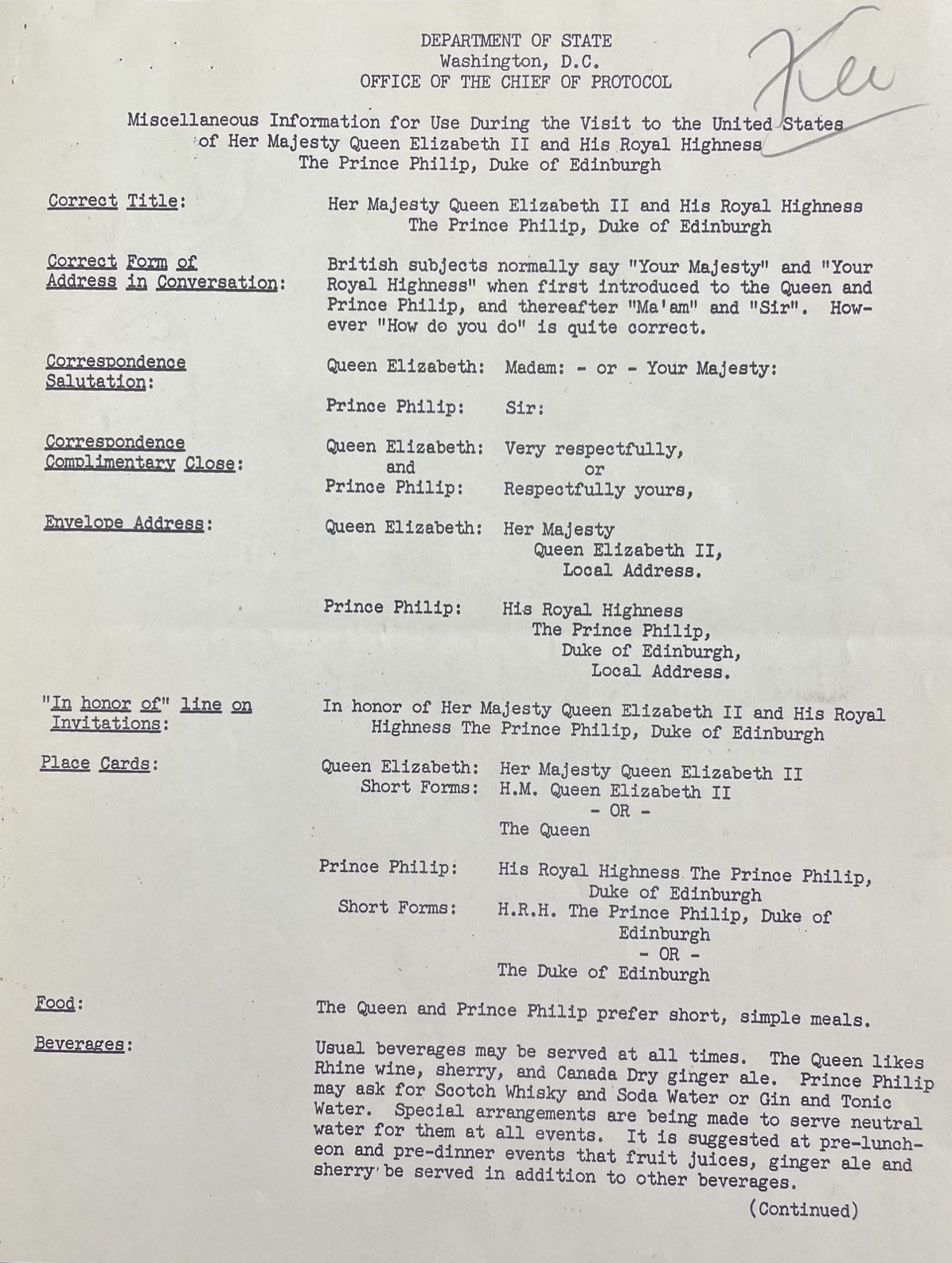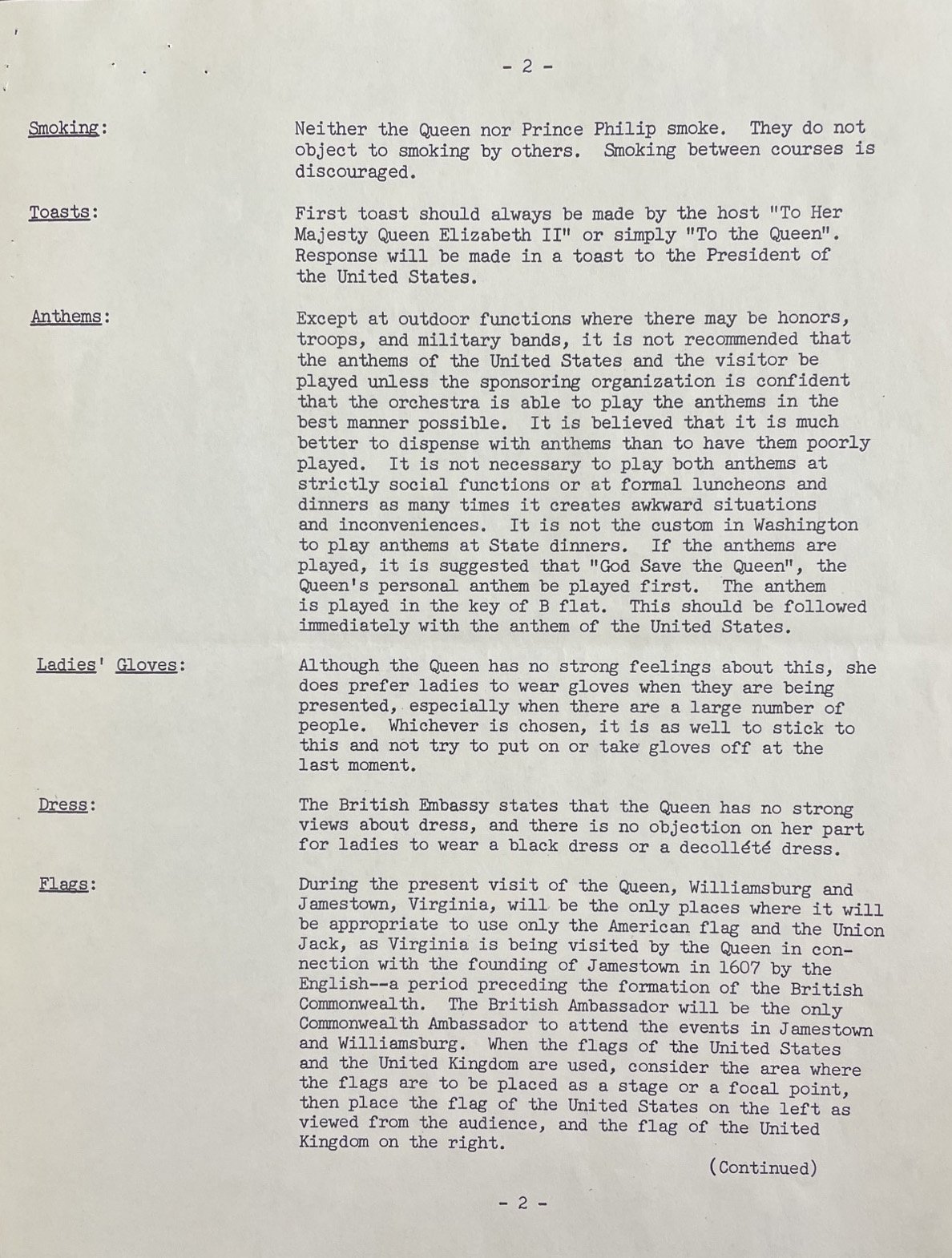On February 15, 1898, the United States battleship, Maine, sank in Havana harbor, Cuba, after an explosion that killed 260 men. Turmoil in Cuba arising from the push for independence from Spanish rule had led the U.S. to dispatch the Maine to protect American interests on the island.
USS Maine Monument, Central Park, Art Commission Photograph Collection, NYC Municipal Archives.
The sinking of the Maine produced an outcry against Spain particularly by the more jingoistic newspapers which held the Spanish government responsible for the disaster. The cause of the explosion was never satisfactorily explained, but the incident helped precipitate the Spanish-American war.
The intellectual content of Municipal Archives collections is often claimed to inform not only local, but national and even international events. Would this reputation hold in researching an important, but distant, incident, the sinking of the USS Maine?
The answer is yes, although as often happens, the research led to unexpected results. In this instance, the search helped explain the provenance of a series in the Municipal Archives’ historical vital records collection, titled, “Cuba and Puerto Rico—U.S. Soldiers—Deaths, 1898–1900.”
Available on microfilm in the Municipal Archives’ reading room since 1988, but rarely consulted, the material seemed to be an anomaly. Why would the City of New York maintain records with information about soldiers and sailors who died many thousands of miles away? Except for the fact that the records had been transferred to the Archives from the Department of Health, there was no provenance information.
Arthur K. Barnett, Cuba and Puerto Rico—U.S. Soldiers, Death Record, 1899. NYC Municipal Archives.
Arthur K. Barnett, Interment Record, 1899, National Archives (via Ancestry.com).
The record series, “Cuba and Puerto Rico—U.S. Soldiers—Deaths, 1898–1900, consists of certificate forms. They are bound in alphabetical order according to the last name of the deceased serviceman. The name of the deceased soldier or sailor is recorded on each form, along with his military rank and affiliation, date, and cause of death. Sergeant Adolph J. Robinson, for example, from Company D. of the 9th U.S. Volunteer Infantry died of tuberculosis on October 22, 1898. There are approximately 800 items in the series.
Why had these records been created? Although similar to death certificates filed by the Department of Health, death records are generally created and filed in the locality where the death took place. Each of these servicemen had died in Cuba or Puerto Rico. What is the connection to New York City?
Charles R. Barnes, Cuba and Puerto Rico - U.S. Soldiers, Death Record, 1898. NYC Municipal Archives.
Charles R. Barnes, Interment Record, 1898, National Archives (via Ancestry.com).
Perhaps using the name and date information to search additional information available from other online resources would help answer the question. For each representative sample of names and dates entered into the Ancestry.com portal, the result was an interment record from the National Cemetery in Arlington, Virginia. (The interment records are held by the National Archives and accessible via Ancestry.com.) But again, if these servicemen died in Cuba or Puerto Rico, and had been buried in Arlington, Virginia, what is the connection to New York City?
Further examination of the interment records provided a clue. In the “remarks” section of the record for Lieutenant Arthur K. Barnett, for example, this somewhat cryptic language had been recorded: “Orig. bur: Cuba Recd. N.Y. on “Crook” Apl. 27/99 #122512.” Translation: Lt. Barnett had been originally buried in Cuba; then disinterred and transported to New York aboard the “Crook,” arriving on April 2, 1899.
Adolph J. Robinson, Cuba and Puerto Rico - U.S. Soldiers, Death Record, 1898. NYC Municipal Archives.
Adolph Robinson, Interment Record, 1898, National Archives (via Ancestry.com).
What was the “Crook”? “The Dead on the Crook—Soldier's Bodies from Cuba to be Buried at Arlington,” read a New York Times headline on April 28, 1899. “The United States transport Crook, employed in the service of bringing home the bodies of American soldiers who fell in battle or died of disease in Cuba and Puerto Rico, and which arrived here on Wednesday evening, left her anchorage off Liberty Island early yesterday morning and proceeded to the Government pier at the foot of Pacific Street, Brooklyn. The Crook brought 356 bodies, 355 which are those of soldiers and civilians who paid the price of our nation’s victories. One body is that of a woman, Mrs. Ziegerfoos, the wife an American mine owner of Santiago [Cuba], who helped along in every way possible the American cause during the war.”
The article explained that 245 deceased soldiers had been transported from Santiago, Cuba; 98 from Puerto Rican ports and twelve from Guantanamo. Given an outbreak of yellow fever in Cuba at that time, the authorities decided that all the bodies from Cuba would be buried at Arlington Cemetery, “...with the provision that the relatives may claim their own during next Winter.” The twelve from Guantanamo “will be turned over to the navy yard authorities for burial in the naval cemetery.” The article further noted that the Crook had brought additional remains in earlier trips, and that “There yet remain about 700 dead in Cuba. No more bodies will be brought home until the cool weather sets in next Winter.” The article concluded: “The bodies were taken at once onboard lighters for transportation to Jersey City, when a funeral train will leave this evening.” Examining other interment records revealed additional shipments of caskets from the Caribbean for burial in the States via New York City.
That was the answer. Although the article did not mention the presence of officials from New York City’s Department of Health, it is clear that creation of the records arose from their efforts to prevent infectious disease from entering the City’s population. The attestation on each of the certificates, usually by a U.S. Army surgeon, that “...remains have been placed in a proper hermetically sealed casket, and that their removal will not endanger public health,” points to this concern.
A. G. Anderson, Cuba and Puerto Rico - U.S. Soldiers, Death Record, 1898. NYC Municipal Archives.
A. C. Anderson, Interment Record, 1898, National Archives (via Ancestry.com).
It is reasonable to conclude that this series was created under the same motivation as the Department of Health’s “Bodies in Transit” collection in the Archives. Although the Transit series date span ends in 1894, the Department of Health apparently continued the practice documenting the transportation of deceased persons within New York City.
The data on the New York City records, plus the information recorded on the Arlington Cemetery records provides a significant resource for historians and family genealogists. Noting that most of the servicemen died of disease and not battle wounds is just one valuable observation. The records have been slated for digitization and online access.
Once again, historical records in Municipal Archives prove their utility for research on topics both local and national. And in this example, what started as a simple query about an event one hundred twenty-five years ago, has resulted in information that enhances the research value of a previously little understood collection.
Mrs. Eliza A. Ziegenfuss, Cuba and Puerto Rico - U.S. Soldiers, Death Record, 1899. NYC Municipal Archives.
Returning to the Times story, the unnamed author of the article described a somber scene upon the ship’s arrival at the dock. “There was nothing of sentiment in the lifting of the pine boxes, one by one, over the side of the vessel, and the only persons there to greet them were a corps of clerks from the Army Quartermaster’s office who called out the name of each as the pine box was swung over the ship’s side. It was the last muster.”








